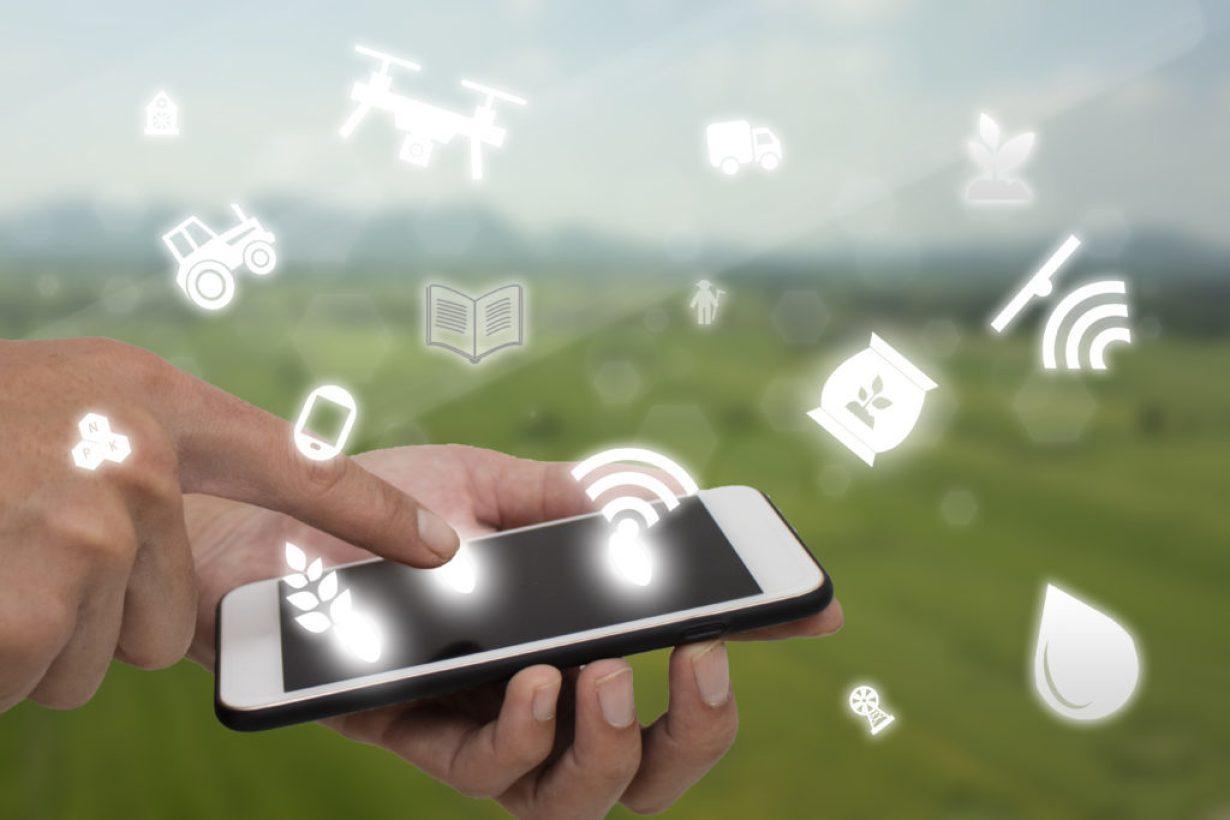
Agriculture stands as one of humanity’s oldest and most critical endeavors. Faced with escalating global population, evolving dietary demands, resource limitations, climate change, and intensified corporate competition, the agricultural sector is under immense pressure to enhance productivity. Modern agriculturalists are thus confronted with unprecedented challenges.
Projections from the Food and Agriculture Organization indicate that a 70% increase in global food production will be necessary by 2050 to adequately address anticipated population growth. Fortunately, technological advancements are providing novel solutions for the agricultural industry to overcome this global imperative. Systems leveraging IoT sensors and sophisticated big data analytics offer opportunities to revolutionize traditional agricultural practices, establish more economically viable production methodologies, and achieve greater food output with reduced resource strain.
The Internet of Things (IoT) is transforming diverse facets of the agricultural lifecycle by optimizing resource management, enhancing inspection processes, and improving overall distribution networks. Agribusinesses worldwide are recognizing the transformative potential of this technology and are implementing innovative solutions to cultivate safer, higher-quality food products and foster more sustainable and intelligent production practices.
Recent advancements in IoT technology are fostering a more equitable environment for agricultural production. IoT sensors provide a cost-effective and energy-efficient system for collecting comprehensive data, ranging from soil and water quality assessments to temperature and humidity monitoring, as well as livestock vital signs. By analyzing this wealth of information, farmers can derive predictive insights and optimize their operational strategies, irrespective of farm size.
Beyond crop production, the Internet of Things plays a crucial role in monitoring livestock health. Despite significant progress in enhancing livestock health and fertility techniques, current cattle mortality rates remain comparable to those associated with unsupported human fertility centuries ago. Presently, technology companies, such as MooCall, are leveraging the Internet of Things to refine modern livestock production methodologies.
The proliferation of the Internet of Things in agriculture will exert a profound influence on our capacity to meet the demands of a growing global population. The extensive data acquired through IoT systems empowers farmers to access unprecedented levels of information, thereby increasing crop yields and promoting safer livestock production practices. As this technology continues to mature, its benefits are poised to expand exponentially.

RFID Antenna UHF
15-Meter Cable for UHF RFID Fixed Reader
UHF Tag
4″x2″ 860-960MHz UHF RFID Label RFID M4D
UHF Tag
4″x4″UHF RFID Label Alien H3 | ISO18000-6C
RFID Antenna UHF
5-Meter Cable for UHF RFID Fixed Reader
HF Card
ABS RFID KEY-FOB Tag RFID Classic 1K
HF Card
ABS RFID KEY-FOB Tag RFID Classic 4K
HF Card
ABS RFID KEY-FOB Tag RFID Ultralight C
HF Tag
ABS RFID KEY-FOB Tag RFID Ultralight EV1
LF Card
ABS RFID KEY-FOB Tag ATA5577
LF Card
ABS RFID KEY-FOB Tag EM4200
HF Card
ABS RFID KEY-FOB Tag EM4305
HF Card
ABS RFID KEY-FOB Tag RFID TAG 213